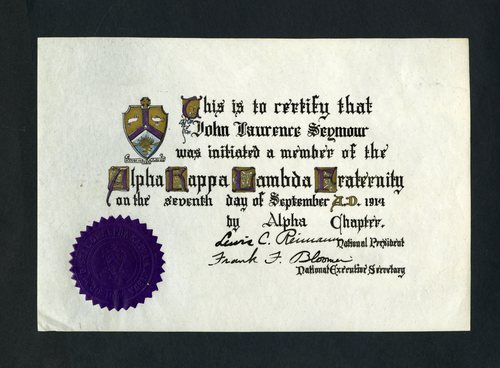This week I continued digitizing collections from the A. K. Smiley Public Library. The materials consisted of a mixture of postcards, letters, invoices and receipts. Most of the materials were sent to James. T. Taylor (sometimes also referred to as Jas T. Taylor). James T. Taylor of Pomona was one of the investigators who was selected by a board of committee members to investigate and ascertain the most reliable and at the same time the cheapest water supply to the City of Perris. Thus, he examined all known water sites around the San Jacinto Mountains.
The receipts were from the Southern California Coal and Clay Co. and the invoices were from the Pacific Clay Manufacturing Co. The content of the receipts and the invoices were mainly raw materials that were required such as pipes, tubes, etc. in order to conduct an inspection and determine possible pipeline routes that could be built. The postcards were sent on the purpose of notifying James T. Taylor about the shipping of materials, sometimes asking for measurements and dimensions of the materials that were required.
The letters were exchanged between James T. Taylor and the committee members regarding the progress of the investigation and some of the letters gave updates on any possible solutions that could be implemented immediately.

